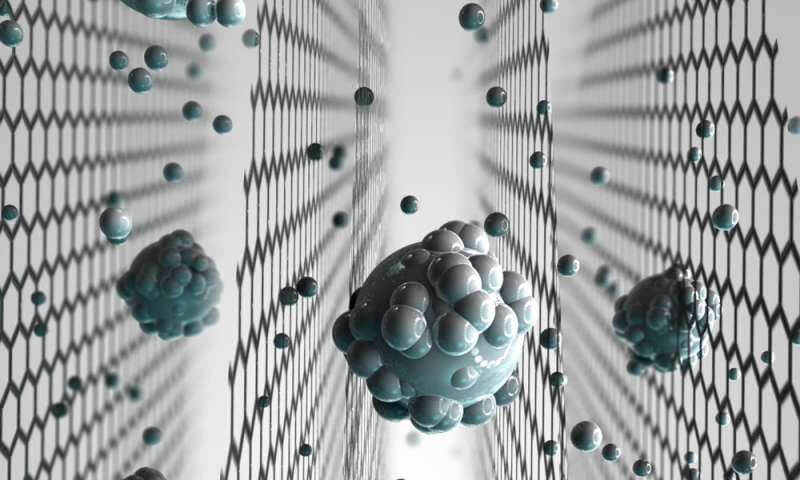As climate change continues to reduce many areas' water supplies, there are now an estimated 600 million people on earth who go without clean, safe water. The figure is expected to double by 2025, when 1.2 billion humans, or 14 percent of the planet's population, will struggle to find drinkable water. But a team from the University of Manchester may have come up with a solution: a graphene sieve that can make seawater drinkable.
In a study published in Nature Nanotechnology, the team, which won a Nobel Prize in 2010 for first extracting graphene, describe how they have been able to precisely control the size of pores in a graphene oxide sieve, allowing salts to be filtered from seawater, making it safe to drink.
Professor Rahul Nair, who led the team, said the technique would "open new possibilities for improving the efficiency of desalination technology."
'Realization of scalable membranes with uniform pore size down to atomic scale is a significant step forward and will open new possibilities for improving the efficiency of desalination technology," he said.
"This is the first clear-cut experiment in this regime. We also demonstrate that there are realistic possibilities to scale up the described approach and mass produce graphene-based membranes with required sieve sizes."
This marks the first time scientists have been able to create pore sizes small enough in graphene-based membranes to filter the sodium chloride. The team placed epoxy resin on either side of their graphene oxide membrane, stopping it from swelling up when immersed in water; this filters out 97 percent of the sodium chloride while allowing the water to pass through.
The next step will be to increase the size of the membranes so they can be used on an industrial scale.
"The ultimate goal is to create a filtration device that will produce potable water from seawater or wastewater with minimal energy input," said Ram Devanathan, a scientist at the Pacific Northwest National Laboratory in Richland, Washington.
